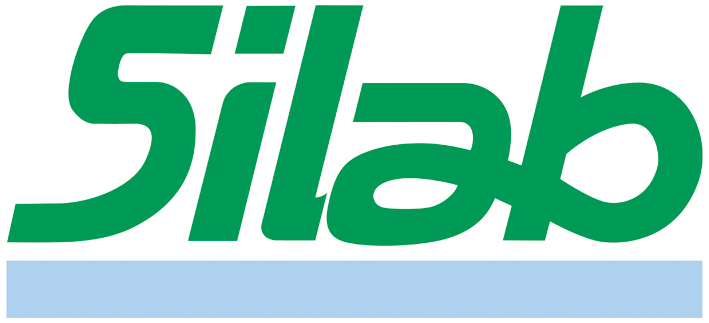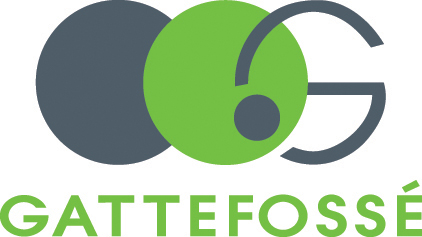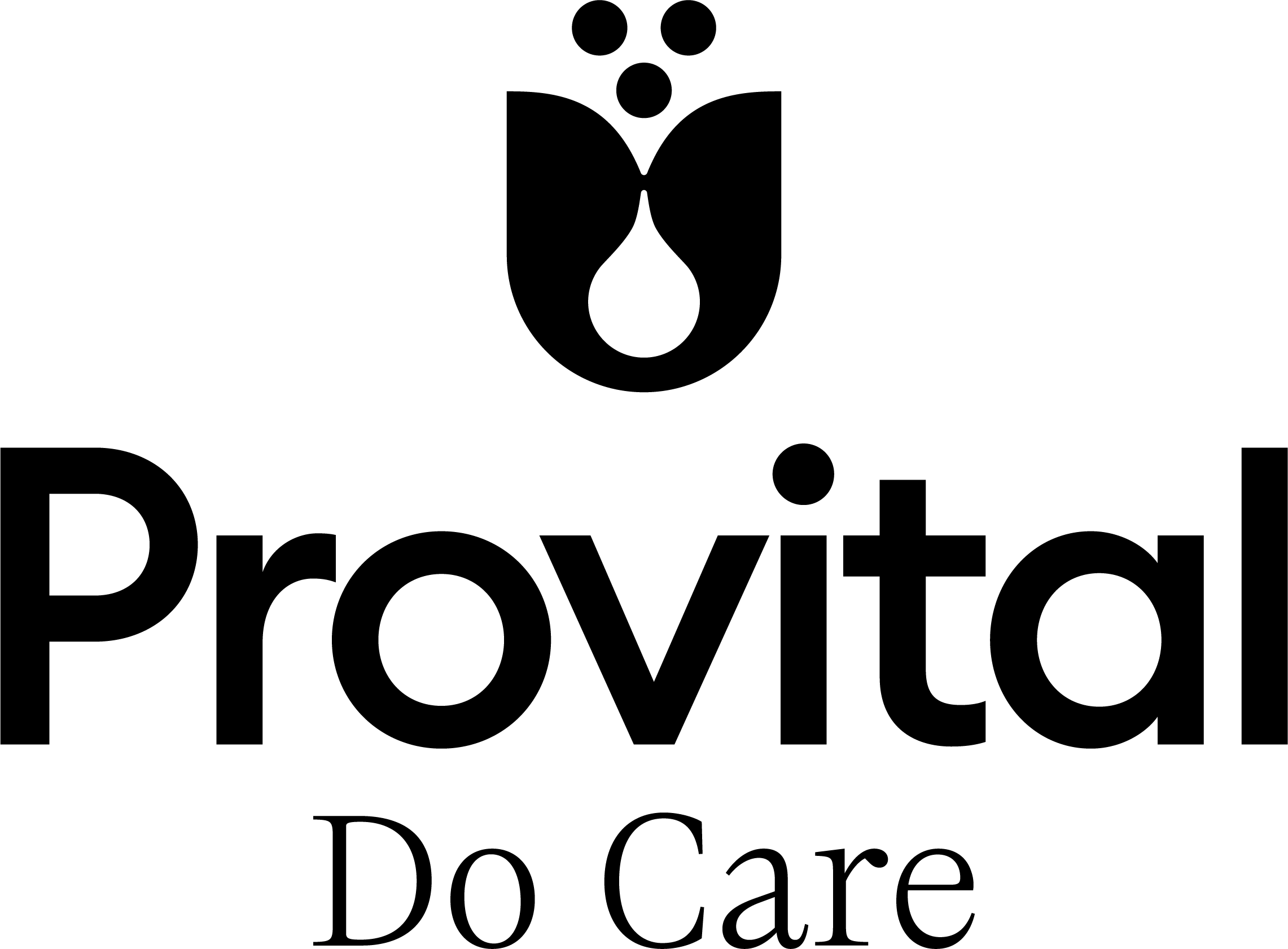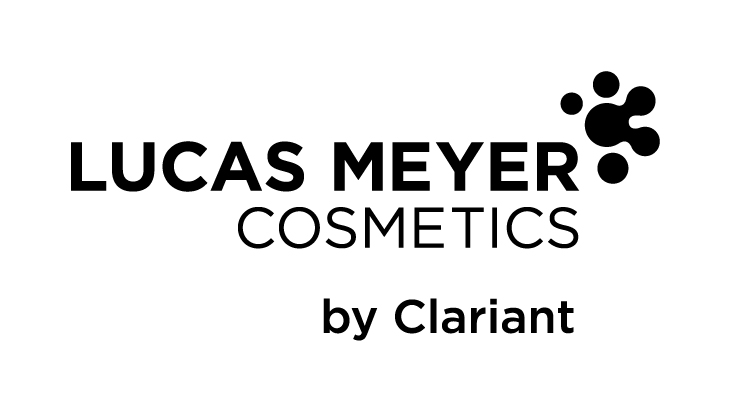While some men are happy with the basics in grooming, others are ready for much more. John Woodruff looks at ingredients targeted specifically at formulations for men
Data presented by Yariella Coello of Euromonitor at SCS Formulate 2010 valued current global sales of male grooming products at approximately $28bn with sales of men’s skin care currently growing at 12% a year. Driving this growth are new product launches, the acquisition of niche brands by major companies, an increase in salons and treatments for men and celebrity endorsements, said Coello.
According to information from Arch Personal Care the male epidermis is 15% thicker than women’s, making men’s skin more resistant. It has more sebaceous glands than women resulting in a greasier skin with more open pores that are more prone to acne. Up to age 30, male skin is tighter than women’s, but by age 35 it rapidly becomes more flaccid; elasticity of connective tissue decreases and skin loses its ability to lock in moisture.
Despite these differences few papers at IFSCC Conferences or SCS Symposia have investigated the particular needs of male skin, other than the obvious ones of acne and male pattern baldness. A paper by Brandner published in 2006 in the IJCS discussed the improvement in skin barrier function by the topical application of a gel containing caffeine. According to Brandner the influence of androgens, especially testosterone and its effector dihydrotestosterone, results in reduced viability of hair at the scalp and reduced epidermal permeability barrier repair capacity. In this study, 0.5% caffeine in a hydroxyethylcellulose gel preparation was applied on one forearm and the gel without caffeine on the other forearm of male and female volunteers for seven days. Transepidermal water loss (TEWL) was measured before and at the end of the treatment period. Basal TEWL did not differ significantly between male and female subjects but the application of caffeine significantly reduced TEWL in male skin compared with female skin.[1]
An internet search reveals hundreds of sites claiming to offer advice to men about skin care and even more offering products that will cure everything from acne to old age. It appears that the distinction between cosmetics and medical products gets overlooked when selling on the internet. Of the more responsible ones Boots treats male skin in much the same way as female skin while allowing for its extra thickness and oiliness and the need to shave. It describes the four traditional types as dry, oily, normal and combination skin and the products proposed are not dissimilar to those found on skin care counters for women. Creams with a Sun Protection Factor (SPF) of at least 15 are recommended for daily use to protect skin from the damaging effects of free radicals caused by sun, pollution and smoke. However, Boots goes beyond normal skin care and offers a male make-up master class on its website, though the products are more for covering blemishes than for decorative effect.
Male grooming has matured from a simple wash and shave to entire skin, hair and body regimens based on function, simplicity and real benefits. According to ISP[2] men have been using women’s personal care products for years but as social pressures, competitive environments and mainstream acceptance encourage men to look their best, there is an ever increasing desire for their own grooming products. Moving beyond prestige and speciality distribution channels, male personal care has become mainstream, attracting men of all ages, styles and income levels with the launch of several successful mass market product lines.
Bulldog Natural Skin Care for Men is one example of a niche product range that has moved into major retail outlets. With formulations containing significant levels of naturally derived ingredients the product range encompasses moisturisers, face washes and face scrubs as well as shower gels, shave gels and aftershave products. These products appear to be the most popular in male skin care so ingredients to enhance performance will form the basis of this feature.
Shaving Regimes
Wet shaving is still the preferred method with European males and products for it range from traditional pots of shaving soap through creams, oils and serums to aerosol foams and gels. As well as contributing to a close and pain-free shave other important attributes are products that offer skin moisturising, that help prevent razor burn and which minimise ingrown hairs (Pseudofolliculitis barbae). Also required are ingredients that provide emolliency and soothing benefits to calm and minimise skin inflammation.
All shaving compositions are required to prepare fresh hair growth for removal. Traditionally this is done by softening the hair with a soap or surfactant system plus warm water and ingredients to provide extra emolliency or to reduce the irritant effects of surfactants are suggested by various suppliers. Amihope LL [INCI: Lauroyl lysine] from Ajinomoto is an amino acid based organic powder derived from coconut fatty acid and the naturally occurring amino acid, lysine. It offers an alternative to nylon-12, boron nitride and talc, providing extraordinary slip and skin feel to shaving and depilation products.
Crodamol SFX is a patented emollient ester from Croda Europe possessing many of the sensory benefits of cyclomethicone D5. Crodamol SFX [INCI: PPG-3 benzyl ether ethylhexanoate] can be used to enhance the aesthetics of a wide range of cosmetics and toiletries and acts as a solvent for several frequently used organic sun filters to offer a functional benefit in sunscreen products. It is said to add a silky, dry skin feel to shaving products.
Aftershave options
Following the shave are aftershave products. These are no longer 5% perfume in 80% alcohol but soothing balms that restore skin’s natural barrier function and have a calming effect following the trauma of facial exfoliation. ISP recommends Vital ETTM for shaving applications due to its soothing effect, redness reducing benefits and skin lubricity to reduce the burning sensation and skin irritation experienced after shaving. It is a mixture of disodium lauriminodipropionate and tocopheryl phosphates and is incorporated at 3%. ISP also suggests Ceraphyl SLK [INCI; Isodecyl neopentanoate] to provide emolliency and spreadability to shave and post-shaving compositions.
Abyssine from Unipex is an exopolysaccharide [INCI: Alteromonas ferment extract] produced by a microorganism living in hydrothermal vents in the deepest abyssal zone of the Earth. It is claimed to soothe and reduce irritation of sensitive skin, to calm razor burn and improve skin softness. Unipex also suggests Hydroxan CH for additional moisturising of sensitive and reactive skins. It is described as a mix of marine hydroscopic substances with a chitin derivative and comprises carboxymethyl chitin, panthenol and sodium hyaluronate in a base of sorbitol, glycerin and propylene glycol.
Jan Dekker International supplies Gemmocalm for aftershave products. It is an Ecocertified extract from the buds of the blackcurrant bush and has been tested to show a reduction in razor burn. Its INCI name is Ribes nigrum (blackcurrant) bud extract and it is supplied in aqueous/ethanol solution or as a powder. Alp Sebum from AlpaFlor is designed for oily skin and sensitive skin products and in-vivo studies have shown a reduction of size and appearance of pores, a reduction in skin inflammation and a reduction in the production of 5 alpha-reductase. Epilobium fleischeri or Alpine willow herb is a rare Alpine plant cultivated under strict conditions in the Swiss Alps for the production of this skin care active.
Defensil from Rahn is a mixture of octyldodecanol, Echium plantagineum seed oil, Cardiospermum halicacabum extract and Helianthus annuus (sunflower) seed oil unsaponifiables. It is designed to alleviate skin inflammation, redness, swelling and heat and tissue damage and is ideal for post-shave products. Defensil is rich in omega-3 to help reduce itching. The stearidonic acid present in echium oil is rich in omega-6 and helps rebuild the skin barrier while the concentrated sunflower oil fraction helps rebalance the skins key lipid level.
For post-shave products Lucas Meyer suggests Lysosensyl, a solution of lysolecithin in aqueous/glycerin described as a powerful anti-irritant with soothing and calming properties able to reduce the moisture loss effect of surfactant-based shaving compositions. Biodynes TRF from Arch is a live yeast cell derivative created for sunburn relief but also recommended to soothe razor burn. SymCalmin from Symrise is hydroxyphenyl propamidobenzoic acid in glycolic solution with anti-irritant, anti-itch and anti-histamine activity.
An emollient and protective action with a significant soothing effect is claimed for Antiderm from Kalichem. It is recommended for skin that is low in lipids and as a protective measure against irritating external agents. It is a complex mixture of Balsam copaiba, Olea europaea fruit oil, paraffinum liquidum, glyceryl isostearate, palmitoyl hydrolysed wheat protein, potassium cocoyl hydrolysed wheat protein and panthenol and glycyrrhetinic acid and its content of sesquiterpenes, diterpenes and terpenic acids has anti-inflammatory and redness reducing properties while facilitating the healing process.
Healing powers
Wet shaving can result in small razor nicks and cuts which, even if they don’t bleed, are regarded as open wounds and many ingredients are proposed to hasten their healing. Allantoin is one of the original healing aids and is still effective and popular. Cicatrol SB from Greentech is an extract from the micro-algae Porphyridium cruentum boosted with mineral copper that improves skin healing and protects DNA against oxidation by free radicals and ROS. Ajidew ZN-100 [INCI: Zinc PCA] supplied by Ajinomoto helps heal nicks and cuts from daily shaving whilst moisturising the skin and keeping it clear from bacteria.
Dragon’s Blood from Cobiosa is a hydro-glycolic extract obtained from the latex of the tree Croton lechleri, with multiple beneficial properties for skin care treatments. Traditionally the sap has been painted on wounds to staunch bleeding, to accelerate healing and to seal and protect injuries from infection. Supplied through Jan Dekkar, its INCI designation is Croton lechleri resin powder and it is recommended for its anti-inflammatory and wound healing effect, thanks to its high content in taspine, catequins and proanthocyanidins.
Gatuline Skin Repair BIO from Gattefossé is a natural restructuring anti-ageing active with organic certification based on an extract of Onopordum acanthium. It is said to directly stimulate epidermal regeneration and promote cutaneous repair by acting on keratinocyte differentiation. It is suggested as an addition to moisturising lotions for men looking for anti-ageing, moisturising or damage reduction properties, particularly in an aftershave face cream to repair the skin’s micro-relief after shaving.
CellActive MEN from Rahn is a multifunctional composition containing taurine, Chlorella vulgaris/Lupinus albus protein ferment and Acanthopanax senticosus (eleuthero) root extract. This last ingredient is better known as Siberian ginseng and is an adaptogen that protects the skin against stress and changing climates making it suitable for men with an active outdoor life. Taurine and ginseng both work to reduce cell death. The Chlorella vulgaris/Lupinus albus protein ferment contains all the essential skin amino acids and trace elements to help bind the cells together and promote healing of small nicks and cuts caused by shaving.
Hair growth inhibitors
If the hair didn’t grow then shaving would become unnecessary. No ingredient claims quite that level of effect but Kelisoft from Sederma is said to significantly reduce hair growth and to have an anti-inflammatory action. It is based on chelidonine, a highly purified plant molecule in an excipient, which slows hair growth and reduces hair diameter.
Depil Enzyme from IRA decreases the synthesis of keratin and as a consequence limits hair growth. It contains subtilisin, which is a serine protease enzyme obtained by microbial fermentation in aqueous/glycolic solution. The enzyme is characterised by a wide substrate specificity and has good stability to pH and temperature. It is able to catalyse the cleavage of the peptide links in protein, reducing it to small, readily soluble peptides.
According to sales literature from Provital hair growth is inhibited by chemical action using substances with cytotoxic effects on follicular germinal cells; by treatments with enzyme containing products, which damage the hair follicles and the newly growing hair shafts, thus impairing hair growth; and by physiological action using materials that effectively modify the hair growth cycle. Favouring the last approach Telocapil from Provital is a dihydromyricetin rich fraction produced from the leaves and flowers of Myrica cerifera or wax myrtle, the bark, leaves and flowers of which contain essential oils, triterpenes, gallic tannins and flavonoids. The active component of the flavonoids is dihydromyricetin, which prevents stimuli that boost follicular growth during the anagen phase. Consequently many hairs never grow and many hairs grow to a lesser degree resulting in a reduced quantity of hairs and their quality is also impaired.
Skin care essentials
For both men and women a good moisturiser is the basis of all skin care. If it combines sun protection, antioxidants and other benefits it becomes even more attractive to the user. ProLipid 141 from ISP provides a lamellar gel network that moisturises the skin by reinforcing the skin’s natural barrier. It is a multi-component mixture comprising glyceryl stearate, behenyl alcohol, palmitic acid, stearic acid, lecithin, lauryl alcohol, myristyl alcohol and cetyl alcohol and has a soft, silky, lubricious after-feel which is neither greasy nor waxy.
Cariciline [INCI: Ficus carica fruit extract] from Greentech is a natural gel obtained from fig, the main constituents of which are pectins at 15%, free sugars at 55% and malic acid at 30%. It is claimed to maintain the integrity of the stratum corneum by slowing down TEWL. Hydracire S, a mixture of Acacia decurrens and jojoba and sunflower seed wax polyglyceryl-3 esters, is a 100% vegetable active texture agent based on a hydrophilised complex of jojoba, mimosa and sunflower waxes. Supplied by Gattefossé it improves the sensorial properties and stability of emulsions, bringing durable moisturising and comfort to the skin, reducing TEWL. It is suggested for moisturising aftershave.
Energy boost
Maybe building on the success of energising sports drinks a number of ingredients have been proposed for providing energy, either to the man or to his skin cells! Designed to confront environmental problems, which exhaust the skin and weaken skin cells, Silab launched SMS energy, a boosting and energising active ingredient specifically designed for male skin. It is rich in oligopeptides purified from chick pea seeds and stimulates the neosynthesis of adenosine triphosphate (ATP), the key molecule in energy metabolism, and also boosts creatine kinase activity, favouring the transfer and availability of ATP reserves.
Pronalen Sport Re-energising is an extract of Enteromorpha compressa, a seaweed grown off the coast of France and harvested in summer when the levels of actives are at their highest. This multifunctional material helps to regain the ion balance of the skin after exercise, whilst also cooling and moisturising the skin. Riboxyl [INCI: Ribose) from Lucas Meyer is said to generate ATP to provide energy to skin cells.
Hydractin is a multifunctional ingredient from Rahn comprising an aqueous/glycerin extract of Carica papaya fruit with disodium adenosine triphosphate and algin said to optimise the water balance of the epidermis. The natural energy building block ATP stimulates the cell metabolism of the skin and is essential for maintaining the osmotic equilibrium in the epidermis and thus actively regulates its water balance. Algin, a water retentive gel derived from sea algae, forms a hydrofilm on the skin and reduces TEWL. The enzyme papain from the tropical fruit papaya removes old skin cells and stimulates new cell growth for a more youthful look. A cocktail of trace elements, minerals and sugars from papaya supports skin regeneration and health.
Many of the sports drinks claim to provide minerals and electrolytes to the body. Providing them to the skin is the claim of Acqua-Biomin from Arch which contains magnesium, iron, zinc, copper and silicon covalently bonded to a yeast polypeptide. They are said to show increased bio-availability and the protein bonded minerals are more readily absorbed by cells offering enhanced penetration and moisturising properties.
Biophos 35 from Arch is Saccharomyces/magnesium ferment hydrolysate and Saccharomyces/potassium ferment hydrolysate with adenosine triphosphate. Arch describes it as a phospholipids-based system that communicates liveliness to the skin and because it is rich in magnesium and potassium, glycoproteins, nucleoproteins, vitamins and glycophosphoproteins it replaces the potassium and magnesium lost through sweating and is also an excellent moisturiser and skin toning agent.
Oli’vine [INCI: Olivine extract] is a golden stone rich in magnesium forming part of the Gattefossé Mineral Matters range. Magnesium plays an essential role in the synthesis of ATP in the cell and aids regulation and activity of cellular metabolism helping to boost vital energy and reduce the effect of stress.
The gentle touch
Returning to aftershave lotions, Sub-Micron Emulsion Concentrate (SMEC) from Arch is a traditional emulsion subjected to high shear and high pressure processing whereby the oil phase is forced into the aqueous phase. This results in small emulsion droplets of 100-300nm diameter that give improved feel over conventional emulsions and produce a water-thin concentrate that is dispersible. It has a much lower level of emulsifier and surfactant making it less likely to irritate and it can be used to deliver high levels of fragrance from a water-thin lotion. Delivery of fragrance equals that of alcohol solutions and is much longer lasting.
There are still macho-men who relish the bite of the traditional perfume in ethanol aftershave but for a softer approach Lecigel from Lucas Meyer is lecithin with sodium acrylates copolymer, which can be used to form gel-cream systems with high levels of ethanol and electrolytes. Also from Lucas Meyer, Heliogel is sodium acrylates copolymer and hydrogenated polyisobutene with phospholipids, polyglyceryl-10 stearate and Helianthus annuus (sunflower) seed oil that has gelling and emulsifying properties.
Men are concerned about facial appearance and skin tone and because they tend to spend time outdoors they are prone to age spots. From Evonik there is Tego
Pep 4-Even, claimed to be the first tetrapeptide that treats hyperpigmentation. Several in vivo studies on Caucasian skin have shown that age spots on the face and hands are diminished with the use of Tego Pep 4-Even. This peptide can be used in concentrations between 0.5-2.5% for anti-age spot hand creams, ethnic skin care, and anti-ageing preparations aimed at correcting age spots and pigmentation disorders.
Three stages of man
Arch Personal Care defines three different types of male:
Metrosexual An urban male with a strong aesthetic sense who spends a great deal of time and money on his appearance and lifestyle
Retrosexual A man with an undeveloped aesthetic sense who spends as little time and money as possible on his appearance and lifestyle
Übersexual This is the latest definition in male vocabulary. He is similar to a metrosexual in that the male is ‘refined’, but contains more of an implication of confidence and traditional notions of manhood than the former term
Author
John Woodruff
www.creative-developments.co.uk
References
1. Brandner JM, Behne MJ, Huesing B & Moll I, Caffeine improves barrier function in male skin, International Journal of Cosmetic Science, vol 28, issue 5, p343-347, October 2006
2. The Modern Groomed Man, ISP publication







